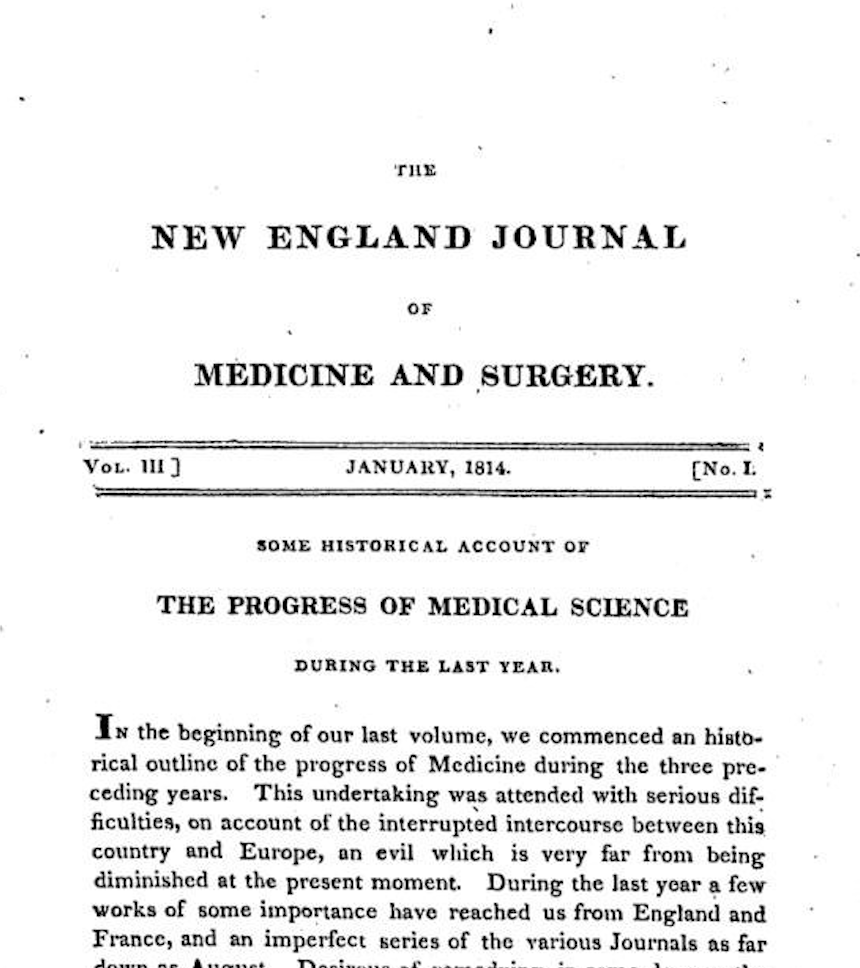“Ridding the Race of His Defective Blood”—Eugenics in the Journal, 1906–1948
By Paul A. Lombardo,
The New England Journal of Medicine
| 03. 02. 2024
In 1923, Boston City Hospital chose Dr. William Mayo, already famous for the work of his Minnesota clinic, to speak at the inauguration of a new laboratory. Mayo’s thoughts on hospital administration, published in the Boston Medical and Surgical Journal (which would be renamed the New England Journal of Medicine in 1928), highlighted the common anxieties of his profession and went far beyond the anodyne comments that were usual on such occasions.1 Mayo amplified the phobias and fed the moral panic stemming from the eugenic thought of that time, saying that municipal hospitals were swamped by the poor, as cities were besieged by criminals and the country threatened with demise by waves of defective immigrants. While Congress debated increased restriction on immigration, Mayo traced poverty to “constitutional inferiority and mental instability,” declaring both “to a large extent hereditary.”
Mayo said one goal of public hospitals should be to “reduce the number of people whom it must care for at the expense of the taxpayer.” A robust sterilization program and limits on immigration of the “defective” would serve that goal...
Related Articles
By Grace Won, KQED [with CGS' Katie Hasson] | 12.02.2025
In the U.S., it’s illegal to edit genes in human embryos with the intention of creating a genetically engineered baby. But according to the Wall Street Journal, Bay Area startups are focused on just that. It wouldn’t be the first...
Several recent Biopolitical Times posts (1, 2, 3, 4) have called attention to the alarmingly rapid commercialization of “designer baby” technologies: polygenic embryo screening (especially its use to purportedly screen for traits like intelligence), in vitro gametogenesis (lab-made eggs and sperm), and heritable genome editing (also termed embryo editing or reproductive gene editing). Those three, together with artificial wombs, have been dubbed the “Gattaca stack” by Brian Armstrong, CEO of the cryptocurrency company...
By Lucy Tu, The Guardian | 11.05.2025
Beth Schafer lay in a hospital bed, bracing for the birth of her son. The first contractions rippled through her body before she felt remotely ready. She knew, with a mother’s pit-of-the-stomach intuition, that her baby was not ready either...
By Emily Glazer, Katherine Long, Amy Dockser Marcus, The Wall Street Journal | 11.08.2025
For months, a small company in San Francisco has been pursuing a secretive project: the birth of a genetically engineered baby.
Backed by OpenAI chief executive Sam Altman and his husband, along with Coinbase co-founder and CEO Brian Armstrong, the startup—called...




